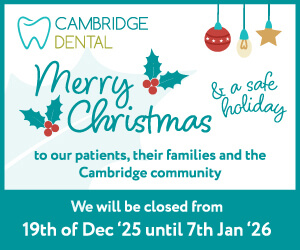Waikato District Health Board has beefed up its oral health work in Waipā district with the recruitment of more oral health therapists and dental assistants.
In response to an Official Information Act request from The News, Waikato DHB Hospital and Community services executive director Christine Lowry confirmed Waipā, where fluoride has never been in the community water supplies, has been identified as a key area of focus.
The extra staff will manage growth enabling the DHB’s oral health service to develop and better respond to the community’s needs.
“Part of this improvement will come from more appropriate service models and patient pathways that promote a localities-based approach in conjunction with using more transparent/accessible data and improved communication channels for both the patient and their whānau,” said Lowry.
“Data management systems and more effective process management tools have been developed to enable the service to identify areas of complex need and respond with a targeted approach and provide a bespoke solution to each school and their children.”
Lowry also revealed the DHB’s oral health service was undergoing a redesign to “better align resources” to the needs of its communities with a particular focus on fluoride application.
Adding fluoride to Waipā’s four water supply schemes and six water treatment plants will cost ratepayers $1.2 million upfront and about $60,000 a year.
The spend has not been budgeted by the council but could come as early as next year following the passing of the Health (Fluoridation of Drinking Water) Amendment Bill in Parliament
Lowry said that as a result of the May cyber security attack on the DHB’s computer system, she was unable to says what the waiting time to see an oral health team member was for Waipā children aged 0-14.
However, its Rapua Te Ara Matua equity report published earlier this year showed Māori and Pacific children were more likely to have tooth cavities before their fifth birthday and, at school age, less likely to have oral health checks than European children.
The News also requested under the Official Information Act an updated Waipā health profile. The last was published six years ago which showed 8 in 1000 Waipā children aged 0-14 years had been hospitalised for dental-related admissions and that tooth decay rates were twice as high in Māori children than in non- Māori.
Lowry said due to boundary differences, the DHB now adapted a “locality approach” so Waipā was now lumped into a greater Hamilton locality which not only represented 63 per cent of the DHB’s population but was the fastest-growing area.
The inequities for Māori seen in the Rapua Te Ara Matua equity report’s oral health statistics, are similar in other health measures in greater Hamilton including emergency department presentations, hospitalisations, mothers smoking at first registration with a lead maternity carer, immunisations and mental health admissions.
Waikato DHB responses to The News’ Official Information Act requests were way overdue as were requests to its Media and Communications team. It was only after The News said it would file a formal complaint to the Ombudsman over Waikato DHB’s lack of response that the DHB prepared a reply.








